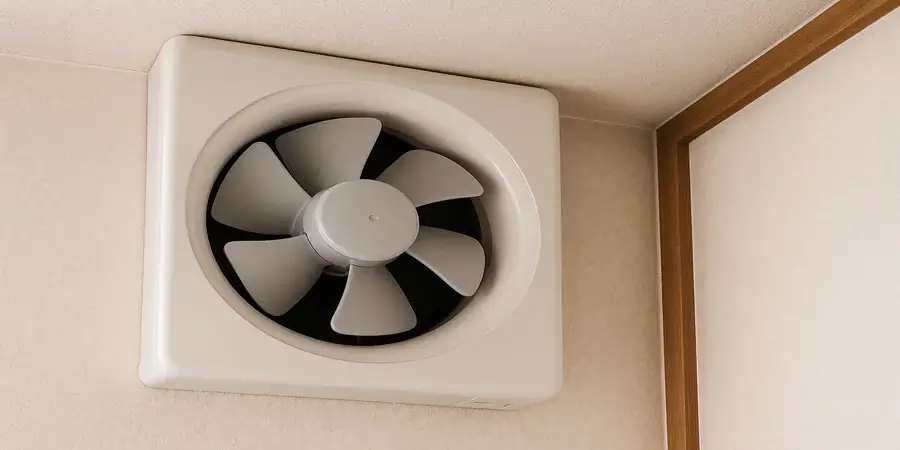When it comes to maintaining a healthy and comfortable indoor environment, an extractor fan plays a vital role. Whether it’s your bathroom, kitchen, utility room, or even a workshop, the right fan helps reduce humidity, eliminate odors, and prevent the growth of mold and mildew. But with so many options available, how do you choose the best extractor fan for your space? Here’s a guide to help you make an informed decision.
Understand the Purpose of the Extractor Fan
These extractor fans are designed to remove stale, humid, or odorous air from a room and replace it with fresh air. In kitchens, they extract cooking fumes and grease-laden vapors, while in bathrooms, they reduce moisture levels to prevent damp issues. Knowing the specific problem you want to solve helps narrow your options.
Consider the Room Size
The size of the room plays a critical role in determining the fan’s extraction rate, typically measured in cubic meters per hour (m³/h) or liters per second (l/s). As a rule of thumb:
- For bathrooms: a minimum of 15 l/s (54 m³/h)
- For kitchens: at least 60 l/s (216 m³/h)
- For utility rooms: around 30 l/s (108 m³/h)
You can calculate the required extraction rate more precisely by multiplying the room’s volume (length × width × height) by the number of air changes per hour needed (usually between 6 and 10 depending on the room use).
Choose the Right Type of Fan
There are several types of extractor fans, each suited for different needs:
- Axial Fans: Ideal for wall or window mounting in rooms with direct external access.
- Centrifugal Fans: More powerful and capable of venting air through longer ducting, perfect for internal rooms.
- Inline Fans: Installed in the ceiling void or loft, offering powerful extraction and quieter operation, suitable for bathrooms or kitchens where aesthetics matter.
Look for Additional Features
Modern extractor fans come with a variety of features that enhance performance and convenience:
- Humidity Sensors: Automatically activate when moisture levels rise.
- Timers: Ensure the fan runs for a set time after the light is switched off.
- Motion Sensors: Activate the fan when someone enters the room.
- Backdraft Shutters: Prevent cold air from entering the space when the fan is off.
- Low Noise Operation: Ideal for quiet environments, especially bathrooms and bedrooms.
Energy Efficiency and Compliance
Look for fans with high energy efficiency ratings to minimize your energy bills. In some regions, building regulations such as Part F in the UK dictate minimum ventilation requirements, so make sure your chosen fan complies with local standards.
Final Thoughts
Selecting the best extractor fan involves balancing performance, energy efficiency, noise levels, and the specific needs of your space. By understanding the different types of fans and their features, and by calculating the correct extraction rate, you’ll ensure cleaner, fresher air in your home or workspace. A good extractor fan is not just a functional choice—it’s an investment in long-term comfort and health.
















